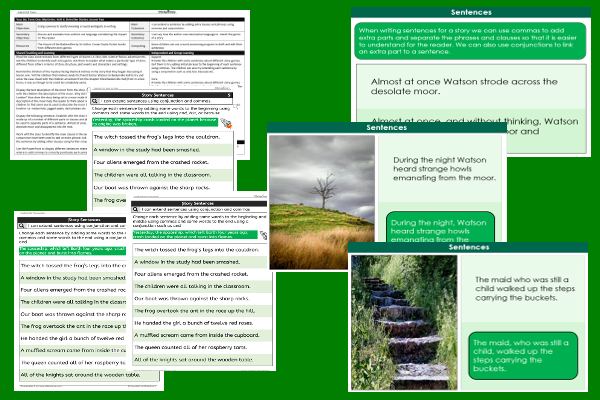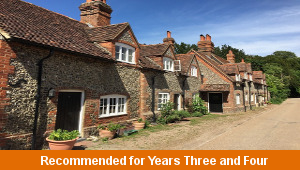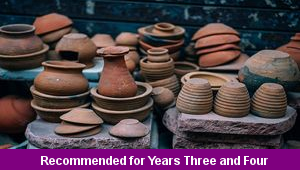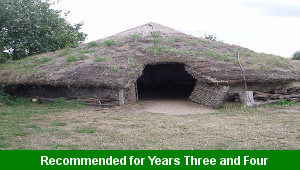Lesson Two – Sentence Clauses

This English teaching pack for Key Stage Two gets the children to practise adding a range of phrase and clauses to different sentences from a detective story using commas and conjunctions to indicate characters, settings and narrative events.
The class can try composing and extending sentences that might feature in stories from different narrative genres to show what makes each type of writing unique.
Download this teaching pack including a lesson plan, classroom activities and an interactive presentation to practise adding a range of phrase and clauses to different sentences from a detective story using commas and conjunctions to indicate characters, settings and narrative events
Activities in this teaching pack include a set of differentiated worksheets to model how to add a range of phrase and clauses to different sentences using commas and conjunctions to describe some of the things that might happen in stories from a range of fiction genres.
The interactive presentation gets the children to explore how to add a range of phrase and clauses to different sentences using commas and conjunctions.
This lesson is part of an English scheme of work to get the children to investigate common narrative features and styles of mystery and thriller writing, learn spelling rules for adding the suffix able and practise using commas to write compound and complex sentences. There are teaching activities for shared learning, differentiated worksheets to support independent learning and interactive presentations to introduce concepts and key skills.
-

Cities, Towns and Villages
Research and present the history of a range of different buildings and people that are part of the local community using a school exhibition
-

Recycling
Research and present some of the benefits and disadvantages that can be produced when recycling different materials at home and in school
-

Viking Pots
Develop and refine a range of different art and design techniques when working with clay to make pots that represent Viking culture and traditions
-

Bronze Age
Research and illustrate how life in Britain developed and changed during the Bronze Age including the growth of communities and trade
